In the delightful Albert Brooks movie Defending Your Life
(1991), the souls of the dead go to Judgment City, where they must
prove they deserve to break free from the reincarnation cycle and move
to a higher level of existence. During trials, prosecutors and defenders
support their arguments by showing film clips from the dead person's
life. (Yes, your most paranoid fantasies are true: Everything you've
ever done has been filmed and filed, and can eventually be used against
you.) The onward progress of Meryl Streep's character is assured by a
clip from the night her house caught fire. We see her rushing out of the
burning building, leading her two children to safety. Then we see her
rushing back in, flames all around her, to emerge moments later with the
family cat safe in her arms.
I don't know if Blake Snyder had this scene in mind when he wrote his 2005 guide to screenwriting, Save the Cat! It seems possible. Snyder defines a Save the Cat scene as "the scene where we meet the hero and the hero does something--like saving a cat--that defines who he is and makes us, the audience, like him."
True, he admits, not all protagonists are sterling sorts likely to save cats or help old ladies across the street. He cites Pulp Fiction as an example of a movie with protagonists who are, to put it mildly, not very nice. (But even then, he argues, the writers manage to get us interested in the protagonists, to come close to sympathizing with them.)
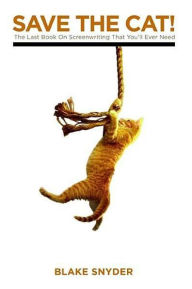
I think many insights in Snyder's book apply not only to movies but also to novels and stories. As a writer, I've found his ideas about plot structure helpful, and I've been careful to include Save the Cat scenes in the first chapters of my recently released novel (Interpretation of Murder) and my soon-to-be-released young adult novel (Fighting Chance). Much as I'd love to talk about my own books, though, I decided more authoritative examples would provide more convincing support for Snyder's ideas. So I pulled some mysteries and thrillers from my bookshelf, not quite at random, and looked for Save the Cat scenes.
I'll start with an obvious example, Tom Clancy's Patriot Games. Jack Ryan is strolling down a London street with his wife and daughter when he hears an explosion. Grenade, he realizes instantly. He hears a burst of gunfire, sees a Rolls Royce forced to a halt in the middle of the street, sees one man firing a rifle at it and another man racing toward its rear. IRA, Ryan thinks. He yanks his wife and daughter to the ground to keep them safe. Then he takes off. He tackles one attacker, grabs his gun, shoots the other attacker. Ryan gets shot, too, in the shoulder, but he hardly notices. He's done what he had to do. He's protected his family and stopped the attack. He's saved the cat.
The second book I looked at was Dick Francis' Banker. Even before I read Save the Cat, I'd noticed how often Francis uses his first chapter to make us like and admire his protagonist. Banker begins when one of Tim Ekaterin's co-workers looks out a window at the bank and sees an executive, Gordon Michaels, standing fully clothed in the courtyard fountain. The co-worker exclaims about it but does nothing more. Ekaterin "whisk[s] straight out of the deep-carpeted office, through the fire doors, down the flights of gritty stone staircase and across the marbled expanse of entrance hall." He rushes past a "uniformed man at the security desk," who presumably should know how to handle unsettling situations but instead stands "staring . . . with his fillings showing," past two customers who are frozen in place, "looking stunned." "I went past them at a rush into the open air," Ekaterin says, "and slowed only in the last few strides before the fountain." He tries to reason with his boss and learns Michaels is gripped by hallucinations about "people with white faces," who are following him and are, presumably, up to no good. The chairman of the bank, a "firm and longtime" friend of Gordon Michaels, scurries into the courtyard. "My dear chap," he says to his friend, but evidently can think of nothing else to say, nothing else to do. He turns to Ekaterin."Do something, Tim," he says.
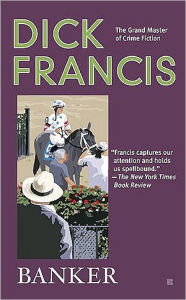
Then there's Harry Kemelman's Friday the Rabbi Slept Late, the Edgar-winning first novel in the Rabbi Small series. David Small doesn't have much in common with Jack Ryan. He's slight and pale, he'd trip over his own feet if he tried to tackle a terrorist, and if he picked up an a bad guy's gun, he wouldn't know how to fire it. But he takes decisive actions when, in Chapter One, two of his congregants are locked in a silly dispute about damages to a car one borrowed from the other. The two men are longtime friends, but neither is willing to admit he could be at fault, and both are so angry and frustrated they refuse to talk to each other, or even to pray in the same room. Rabbi Small persuades them to submit their case to an informal rabbinic court at which he presides. As he explains his judgment, he applies centuries-old Talmudic principles to this contemporary situation, displaying deep knowledge of complicated texts, impressive mental agility, and penetrating insight into human nature. By the time he's finished, the two men are friends again, relieved to put their differences behind them. The dispute about the car has no relevance to the novel's central mystery, to the murder that hasn't yet been committed. But the scene has served its purpose. We like and admire Rabbi Small and want to keep reading about him. And, once again, the cat is safe.
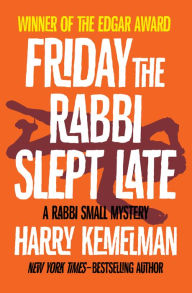
I'm not saying Rebecca isn't good. The quality of the writing impresses me, the situation beginning to develop in Chapter Three intrigues me, and generations of readers have loved this novel. There must be wonderful things lying ahead. But I've got to admit I missed a Save the Cat scene. As I read the opening chapters of Rebecca, I kept waiting for the narrator to do something.She didn't.
That, I think, is the essence of the Save the Cat scene. As Snyder says in his definition, "the hero does something"--his italics. Or, as the befuddled chairman in Banker says, "Do something, Tim"--my italics.
I think readers are drawn to protagonists who do things. I'd guess that's probably true of most readers, especially true of mystery readers. In mysteries, after all, there's always a problem to be solved, an injustice to be set right. Sitting around and feeling overwhelmed by circumstances doesn't cut it. Feeling sorry for oneself definitely doesn't cut it. If we're going to commit ourselves to spending time with a protagonist, we mystery readers want it to be someone who responds to a tough situation by taking action. We can forgive a protagonist who makes mistakes. Passivity, though--that's harder to forgive.
I fully intend to read the rest of Rebecca. But not yet. While I was browsing through my bookshelves to find examples for this post, I got hooked by a protagonist who does things, who knows how to save a cat. I'll finish reading Rebecca right after I finish re-reading Friday the Rabbi Slept Late.
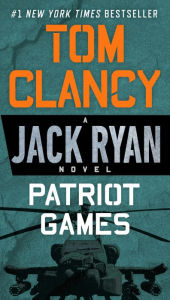
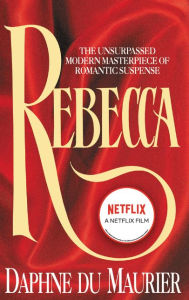


.jpg)












